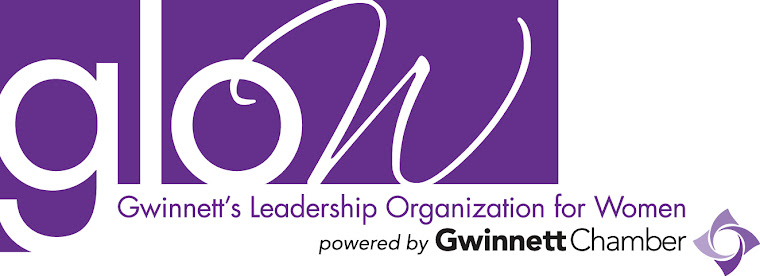There are numerous weight loss programs that claim to make you lose weight, in fact, weight loss business is a multi-million dollar industry because IT DOESN’T WORK! How many times have you tried to diet and tried different diet programs only to gain it back and then some? Why can’t you lose the weight like before?
Is it becoming more and more difficult to lose the weight as you age? Women are considered peri-menopausal from approximately 35 years of age and significant fluctuations in our hormones can cause such an imbalance in our hormones that can ultimately cause weight gain, fatigue, joint pain, DM, heart disease, breast cancer, to name a few.
As women age, we have various fluctuations in our hormones that make us prone to weight gain.
There are several culprits that make women gain weight:
· Changing ratios of ovarian hormones as we age: estradiol and estrone
· Increased progesterone relative to estrogen
· Excess adrenal androgens and cortisol relative to estradiol
· Increased insulin levels as we age; Decreased estradiol
· Decreased in thyroid function with age
All of the above has a negative impact on our metabolism. It causes a cascade of reaction:
· Decreased metabolism
· Loss of muscle mass
· Increased stress
· Decreased physical activity
· Fatigue
· Increased food cravings and intake
· Increased fat stores
· Increased weight
· Increased insulin production
· Increased fat store around the middle (waist)
We need to optimize our health by creating balance within our own body. We should not resign ourselves to not feeling and looking our best. It is our time to refocus, start taking better care of ourselves, and take control of our future. Understand your body and start taking the steps to find a balance between body and mind. Strive to look and feel your best!
Consider the following:
Reflect on your own health risks: are you overweight, have high cholesterol, medical diagnosis, blood pressure, etc.
Family History: Do your parents, siblings, cousins, grandparents, aunt, etc. have history of : Diabetes, Hypertension, High cholesterol, heart disease, thyroid disorders, cancer, obesity?
Find a physician who will measure objective testing:
1. Ovarian Hormones: FSH, estradiol, progesterone, testosterone, DHEA, DHEA-S
2. Cortisol, TSH, T3, T4, Thyroid antibodies
3. Fasting lipid profile: cholesterol, LDL, HDL, Triglyceride
4. Metabolic profile
5. Fasting Glucose: HgbA1C
6. Bone Density
Evaluate your lifestyle:
1. Types of foods you eat daily
2. Do you exercise
3. Smoke, Drink
4. OTC medications, supplements, herbs, etc.
5. Bad habits
6. Good habits
Stress: evaluate the stressors in you life and determine how you can minimize and participate in activities that may relieve and help you cope better such as yoga, exercise, counseling, etc.
By Connie Jeon, DPT, MPH, RD/LD, HFS, CPI, CYT http://www.elementssuwanee.com/

